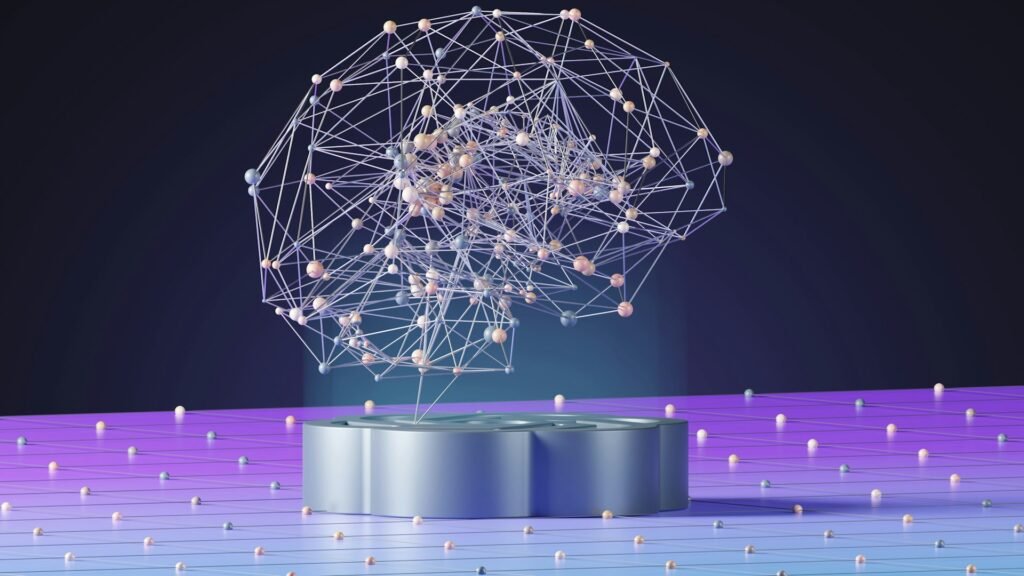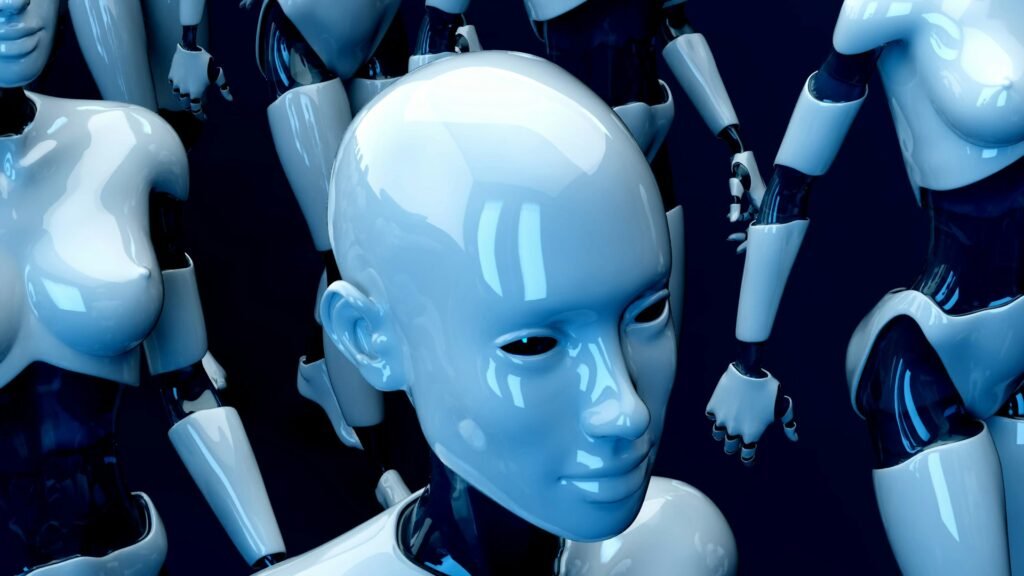
Introduction
Artificial Intelligence (AI) isn’t just a buzzword—it’s a rich tapestry woven from decades of innovation, mathematical rigor, and philosophical exploration. From early theoretical foundations to today’s cutting-edge neural networks, AI’s story reflects our enduring quest to understand mind and machine. Here’s a journey through its transformative history.
Foundational Concepts: Logic & Computation
Long before machines thought, pioneers like George Boole crafted the language of logic in the 1840s—providing the binary building blocks for computation en.wikipedia.org+12calls9.com+12digitalwellbeing.org+12qbi.uq.edu.au+1blog.pareto.io+1sciencenewstoday.org. Charles Babbage and Ada Lovelace further conceptualized programmable computers, anticipating algorithms that could one day emulate thought. In the 1930s, Alan Turing introduced the “universal machine” and posed the provocative question: Can machines think? This philosophical leap laid early groundwork for AI sciencenewstoday.org.
Birth of Artificial Intelligence: 1956 Dartmouth Conference
The term “Artificial Intelligence” was born at Dartmouth College in 1956, when visionaries including John McCarthy, Marvin Minsky, Claude Shannon, and Nathaniel Rochester met for eight weeks to explore machine intelligence wired.com+10en.wikipedia.org+10timescale.com+10. Soon after, Allen Newell, Herbert Simon, and Cliff Shaw created Logic Theorist—the first AI program capable of proving mathematical theorems—ushering in the era of symbolic reasoning wsj.com+15en.wikipedia.org+15a21.ai+15.
Early Machines & Pioneers: Eliza to Dendral
In the 1960s, MIT’s ELIZA mimicked human conversation, while Terry Winograd’s SHRDLU understood simple commands within a virtual world digitalwellbeing.org+3digitaldefynd.com+3en.wikipedia.org+3. Meanwhile, Stanford’s Dendral became a groundbreaking expert system for chemical analysis, signaling AI’s first real-world applications digitaldefynd.com+8en.wikipedia.org+8wired.com+8.
The AI Winters and Expert Systems
Despite early optimism, technological limits led to funding declines known as “AI winters” in the mid‑1970s and late 1980s medium.com+3digitaldefynd.com+3geneticliteracyproject.org+3. However, expert systems thrived by embedding human expertise into rule-based frameworks, proving useful in fields like medicine and finance en.wikipedia.org+4caseware.com+4digitaldefynd.com+4.
Rise of Machine Learning & Neural Networks
The late 1970s to 1990s saw neural networks reemerge, driven by Rosenblatt’s Perceptron and later backpropagation, advancing multi-layer learning . IBM’s Deep Blue defeating Kasparov in 1997 showed AI’s strategic flexibility, while voice assistants like Siri (2011) and Alexa (2014) brought AI into daily life armadalogics.com+4upgrad.com+4digitaldefynd.com+4.
Deep Learning & Modern AI
The 2010s revolutionized AI through deep learning—vast neural networks trained on massive datasets. Breakthroughs include image and speech recognition, generative AI, and large language models like ChatGPT . Geoffrey Hinton, the “godfather of AI,” recently won the Nobel Prize in Physics, cementing the field’s maturity and raising ethical flags around superintelligence upgrad.com+3apnews.com+3wsj.com+3.
Conclusion / Final Thoughts
AI’s origin is a testament to human curiosity—from logic and symbolic reasoning to adaptive neural networks. Today’s AI not only powers our devices but also shapes healthcare, finance, art, and ethics. As history shows, each advance brings both opportunity and responsibility. The legacy of thinkers like Turing, McCarthy, and Hinton continues to challenge us: Can intelligence be crafted? And what kind of intelligence do we wish to unleash?
At Light House Streak, we streak the lines
